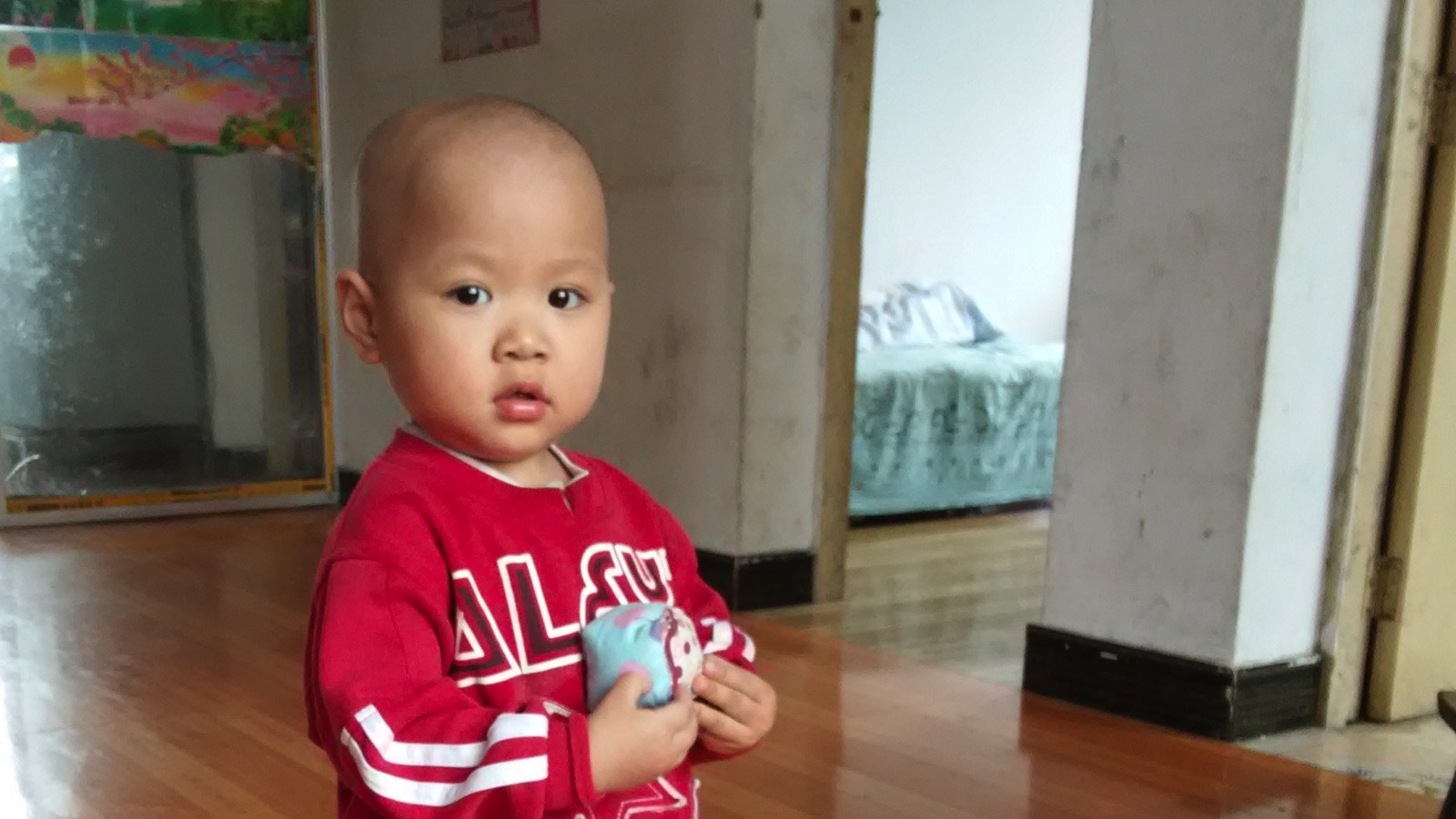As we mentioned in our previous post, we expect to be headed to China in June to adopt our new two-year-old daughter, Peyton. As we also mentioned, she has a serious medical condition. She was born with an inherited blood disease, “thalassemia,” once known as “Cooley’s anemia.” The family of diseases known as thalassemia is not well known in North America. It is found mostly in people groups around the Mediterranean, and in the general population in parts of Africa, Asia, and the Middle East. Countries with the highest occurrences include the Maldives (18%) and Cyprus (16%). Three to eight percent of China’s people are affected.
Thalassemia is characterized by deficiencies in the formation of hemoglobin, the compound which binds to and carries oxygen in the bloodstream. It also causes a decrease in the formation of red blood cells. Symptoms of thalassemia include iron overload, which can damage the heart or liver, increased risk of infections, enlarged spleen, and if untreated, bone deformities and cardiovascular illness. Oddly enough, thalassemia gives increased immunity to some types of malaria.
Thalassemia occurs in several forms, ranging from mild to serious. Peyton has the most serious form, beta thalassemia major, which means she will need blood transfusions every three to four weeks for the rest of her life if a cure is not found in her lifetime. Without transfusions, beta thalassemia patients grow anemic and would eventually succumb to their condition. We will also need to guard Peyton’s diet carefully, avoiding foods containing iron and avoiding cooking with iron cookware. Given the fact that most mass-produced food is iron fortified, we will be challenged to rethink the way we eat.
Since beta thalassemia patients are not able to balance iron levels in their bodies, they must take daily iron chelation drugs to remove excess iron. They also receive annual Magnetic Resonance Imaging (MRI) scans to determine iron accumulation rates, so that drug levels can be adjusted. This means we will always need to live near a city with a hospital which has doctors trained in the specialized care of thalassemia patients. Fortunately, as San Diego residents we have access to a local children’s hospital with doctors trained by one of the nine Thalassemia Centers in the United States. As long as she receives adequate care, Peyton, like many others with her disease, should be able to live a long and healthy life.
Adopting Peyton will change our family’s lifestyle and priorities, but we are looking forward to what the future holds for all of us as God takes us into a new season of life. As we mentioned in our previous post, we are looking for people to partner with us by praying for our preparations, spreading the word about our adoption, or contributing toward our adoption costs. (You can do that at the link below.) If you or someone you know is living with thalassemia, especially in the San Diego area, we would love to get to know you and find out more about balancing the needs of our little girl. We’ll post more soon. Until then, thank you for your encouragement.
